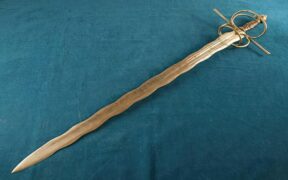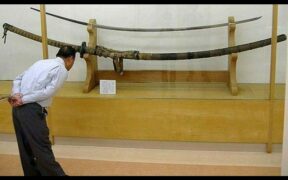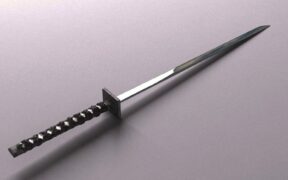Our content features commercial links to our products, committed to transparent, unbiased, and informed editorial recommendations. Learn More
Wokou Pirates: Their Origin, History and Swords Used
NO AI USED This Article has been written and edited by our team with no help of the AI
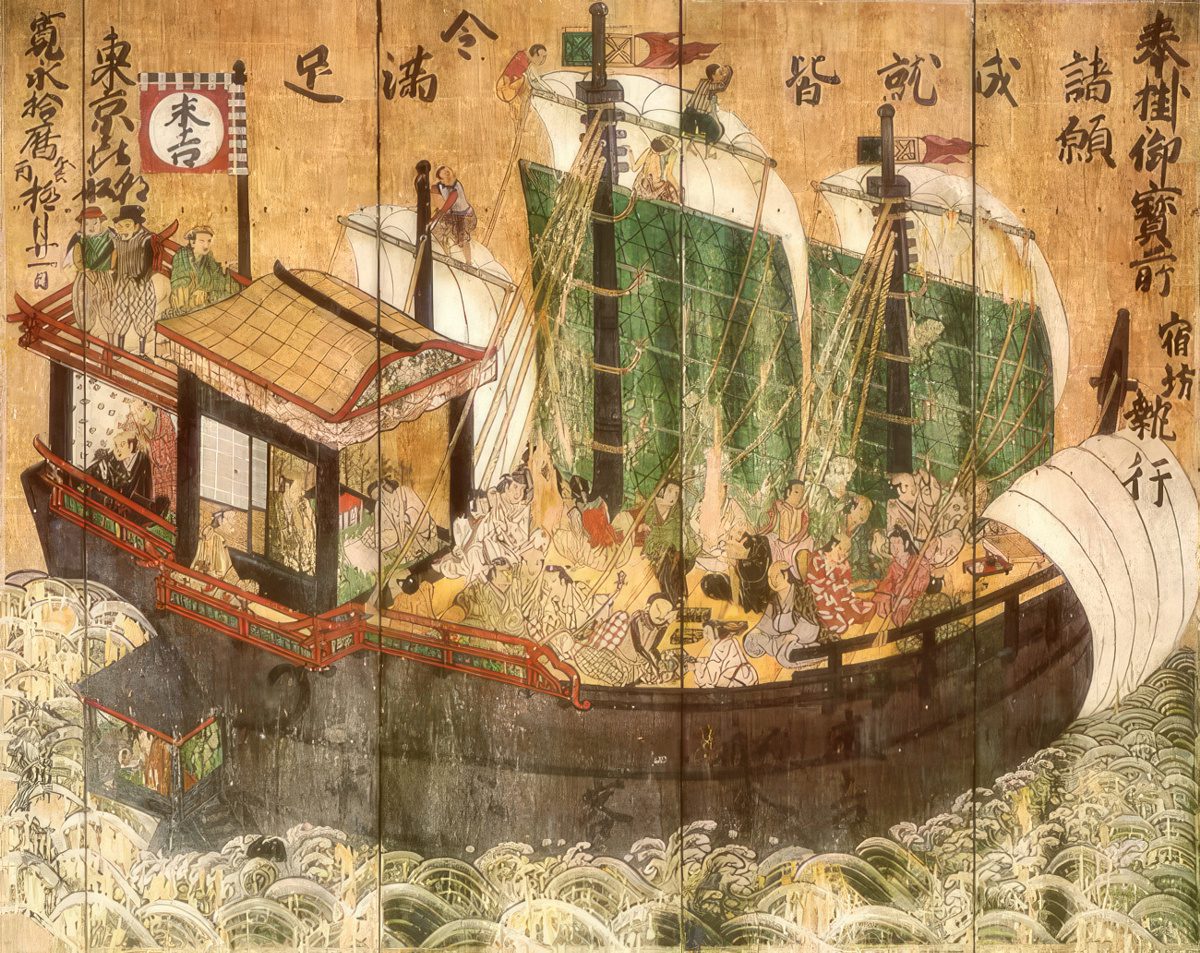
Pirates were a frequent source of trouble for coastal traders and authorities. During the 13th and 16th centuries, Japanese pirates called wokou raided the coastal areas of China, Korea, and Indonesia. Apart from the disruption to maritime trade, they also caused tensions in the diplomatic relations of Japan with its East Asian neighbors.
Let’s explore the history of Japanese piracy: who were those wokou pirates, what caused wokou raids, why they lasted for such a long time, and the types of swords used during those invasions.
Who Were The Wokou?
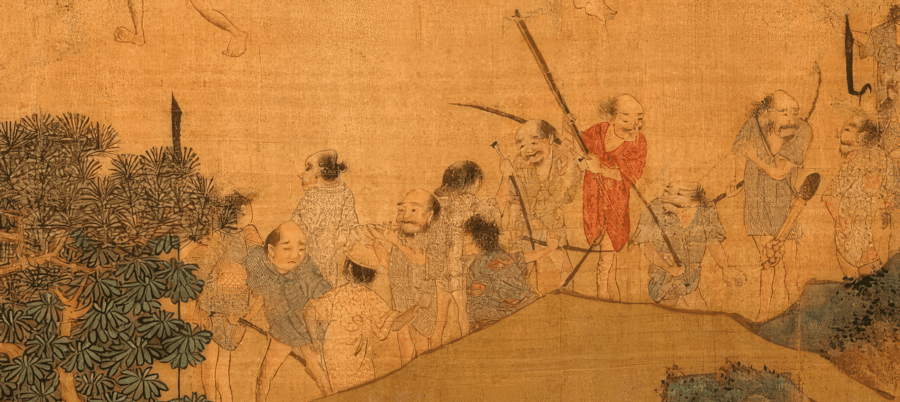
While the wokou were known collectively as Japanese pirates, they comprised many different peoples, including Chinese, Koreans, Westerners, and especially the Portuguese who happened to come across the Chinese at that time.
These wokou pirates consisted of masterless samurai or ronin, soldiers, smugglers, sailors, and merchants. Many came from Tsushima and Hizen provinces of Japan and emerged along the southern coast of China.
The Chinese term wokou is a combination of two characters: wo (倭), meaning Japanese, and kou (寇), meaning pirates, bandits, or robbers. The term wokou in Japanese is translated as wako and in Korean as waegu.
Facts About the Wokou and Their Invasions
The term wokou translates as Japanese pirates, making it confusing to use the same term to refer to their Chinese or Korean counterparts. Still, it remains the widely used terminology to refer to the pirates as a whole.
The term wokou is also a derogatory name for Japanese pirates.
The Chinese first used the term “wo” to refer to the Japanese, but the word itself also means dwarf. They also used the term “wo” in reference to Japan. Hence, wokou is sometimes translated as dwarf bandits. By the Tang dynasty, the Japanese government adopted the name Jih-pen, and both names appear in historical texts.
The causes of wokou raids were very complex and varied from region to region.
In Japan, the politically unstable situation and turmoil by the end of the 13th century contributed to the wokou problem. At the time, people of all classes fought against each other. Many also joined the groups of wokou pirates, including the lords of estates, farmers, merchants, and village headmen.
On the other hand, China and Korea had weak coastal defenses, resulting in wokou raids on their coastal areas. Various natural disasters also contributed to the wokou problem. Droughts, typhoons, and floods damaged the domestic economy, and people suffered from food shortages. During that time, the wokou raids in the Korean peninsula and China peaked.
Tsushima Island in Japan became the most notorious pirate base.
Tsushima Island is located between the Korean peninsula and western Japan in the Korea Strait. The island’s rulers were the principal sponsors of pirate raids and most inhabitants engaged in piracy. Unfortunately, the weak central government of Japan had little control over the country’s western region.
The wokou reached their peak during the Jiajing era of the Ming dynasty.
Jiajing, also spelled Chia-ching, was the emperor of the Ming dynasty and reigned from 1522 to 1566. During the Jiajing era, the wokou raided China more frequently, including the Guangdong, Fujian, and Zhejiang provinces, making them a threat to the Ming regime.
The Chinese used several fighting techniques to defend China against Japanese piracy.
Ming dynasty general Yu Da-You improved the Shaolin monk’s staff techniques and compiled them in his martial arts manual Zheng Qi Tang Ji (正氣堂集), Compilation of Vital Energy. It featured fighting principles that could be applied using the spear, sword, long saber, or other weapons. Some Chinese sword masters also learned the fighting techniques from the Japanese and applied them to Chinese swordsmanship.
Ming dynasty general Qi Jiguang invented the Mandarin Duck formation to defeat the Japanese pirates.
The Mandarin Duck formation allowed the Chinese army to win against Japanese swordsmanship using tactics instead of individual skills. It utilized weapon pairs such as a sword and shield, wolf brushes, and spears. It was named after the mandarin ducks, who were always in pairs.
Generally, soldiers wielding the sword and shield defended at the front of the formation, while the wolf brushes immobilized Japanese swords. At the back, spears had longer reach and were used to kill the enemy.
The Koreans also used Qi Jiguang’s techniques to defend themselves from Japanese pirates.
The fighting techniques from Qi Jiguang’s manual were also shared with the Koreans and were compiled in their martial arts manual, Muye Dobo Tongji. They also utilized the same shield and wolf brush techniques.
The solid central power in Japan and China eventually eliminated the wokou raids.
Strengthening military forces and civilian officials helped in curbing Japanese piracy. By the end of the 17th century, the Tokugawa shogunate in Japan unified the country and wiped out piracy. In China, forts were built in coastal areas and a naval force was deployed to patrol the coasts.
Types of Swords Used During the Japanese Piracy
Many Japanese pirates were former samurai and used Japanese swords during the invasion. However, the Chinese and the Koreans also used their swords to fight against the bladed weapons of wokou pirates. Here are some of the swords used by each party:
1. Japanese Katana
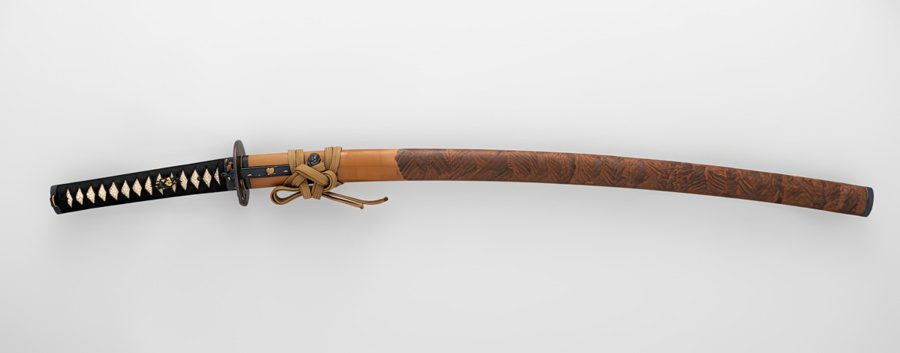
The samurai long sword katana was among the weapons of choice in mass charges. It efficiently delivered powerful slashing attacks and was typically worn edge-up to allow drawing and cutting with one stroke.
During the 1570s and 1580s, the Spanish colonists in the Philippines suffered wokou attacks with Japanese swords. As a response, the Spanish fired volleys of bullets and cannonballs at them. During a raid on the Philippines in 1582, the Japanese wokou leader Taifusa and his forces were beaten back with heavy casualties.
2. Japanese Odachi
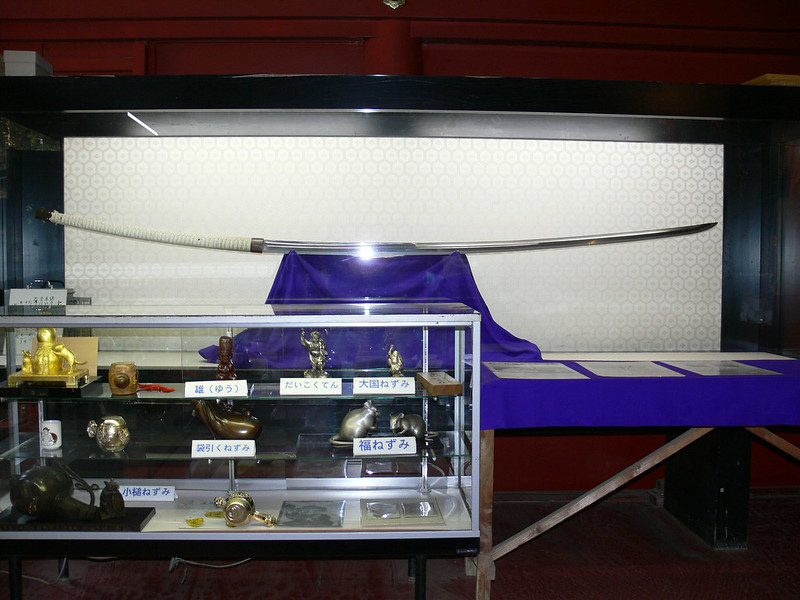
Among the wokou pirates were masterless samurai or ronin who used their extremely long swords odachi. The name odachi means large tachi and is also sometimes called nodachi, meaning field sword. It was efficient for delivering fatal blows in single combat. Since it was longer than swords that are worn at the belt, it was typically carried on the back.
3. Chinese Long Saber
Also referred to as dan dao or miao dao, the Chinese long saber was wielded with both hands and was used against the odachi of Japanese ronin. The term dan dao (單刀) means single saber, differentiating it from other sabers used in pairs or with a shield. The term miao dao (苗刀), meaning sprout saber, is an alternative name for wodao, meaning bandit-lair saber.
The Chinese long saber is also called changdao (長刀), which translates as long saber. However, a Chinese soldier who wielded the long saber also used accompanying weapons such as a dagger and crossbow. Today, the Chinese long saber remains relevant in various systems of Chinese martial arts.
4. Korean Double-Handed Saber (Ssang Su Do)
The ssang su do is a long saber wielded with two hands. The Ming dynasty troops lent their assistance to Korea against the Japanese invasion, so the saber techniques of Ming dynasty general Qi Jiguang were taught to the Koreans. Today, several Korean martial artists train in using the ssang su do.
History of the Wokou Raids
The wokou problem influenced the economy, society, military, maritime trade, and diplomatic relations between Japan, China, and Korea. The wokou pirates plundered coastal regions, stole valuable goods, and seized inhabitants to be sold as slaves.
Wokou Raids in the Korean Peninsula
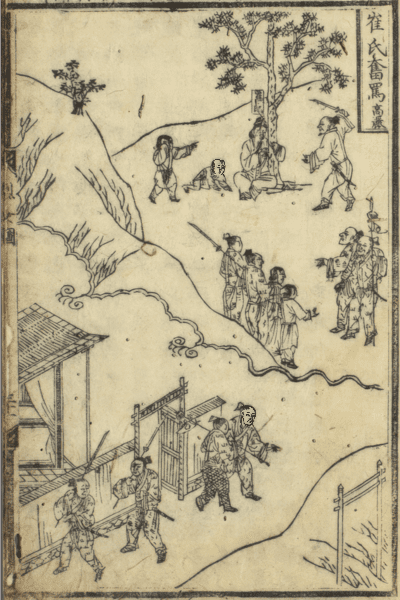
The first wokou raids in Korea were during the early 13th century and peaked in the 1370s and 1380s. The Mongol Invasions of Korea drew the Korean soldiers away from the coastal area to fight on the northern border, which made the coastal regions vulnerable to pirate raids.
Eventually, the Korean government improved its gunpowder weaponry and developed naval artillery against the wokou pirates. In the late 14th and early 15th centuries, the Joseon dynasty utilized their naval ships armed with cannons against the wokou pirates from Tsushima island, destroying hundreds of pirate ships.
The Korean government also persuaded the pirates to enter into peace negotiations by giving them trading privileges. The agreement allowed them to trade at authorized ports, making it profitable for the rulers of Tsushima that they no longer encouraged pirate raids.
Japanese Piracy in Ming China
In the declining years of the Yuan dynasty, Chinese coastal areas became another target for wokou raids. The Ming court imposed a sea ban called haijin, prohibiting the Chinese people from privately sailing and trading with foreign countries. Many historians believe the haijin was intended to wipe out the wokou pirates.
Unfortunately, the severity of the maritime ban impacted the Chinese merchants who could not make great profits. More than that, the prices of Chinese goods skyrocketed in Japan, which motivated some Chinese merchants to break the sea ban and smuggle goods to Japan.
Eventually, Chinese merchants also engaged in business with the Japanese pirates, giving them higher profits than smuggling. More familiar with China’s geographical locations, they served as scouts and guides for the Japanese pirates. Some Chinese pirates also attacked Chinese counties and lured coastal people to engage in piracy.
Eventually, the Chinese government built forts in coastal areas. In the 16th century, the Chinese strengthened their naval force to patrol the coast and sink pirate ships. Ming officer Hu Zongxian also captured the Chinese pirate leader Wang Zhi. By the Qing dynasty, maritime trade became frequent and Chinese merchants often visited the islands in the South China Sea.
Japanese Response to the Wokou Problem
During the 14th century, Japan’s central government could not control piracy even though the neighboring countries requested their assistance. When the Ashikaga shogunate in Japan became weak, the succession dispute resulted in the civil war, the Onin War, which collapsed the central authority.
By the end of the 16th century, Japanese leader Toyotomi Hideyoshi unified central Japan and had a strong force to wipe out piracy. He even used them to his own advantage, allowing them to legitimately trade as long as they had a red seal issued by him. His successor Tokugawa Ieyasu also carried out the same policy.
Conclusion
The wokou pirates raided the East Asian coasts, including China and Korea between the 13th and 16th centuries. They were of mixed origin, consisting of Japanese, Chinese, Korean, and Portuguese descent. The wokou raids damaged the reputation of Japan in the eyes of its East Asian neighbors. Finally, the solid central power in Japan and China ended the wokou activities.
